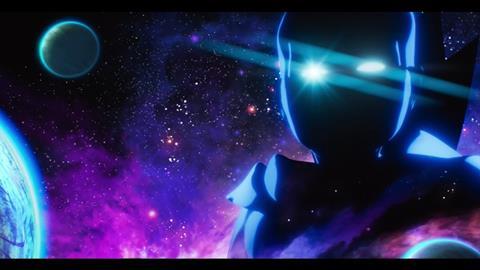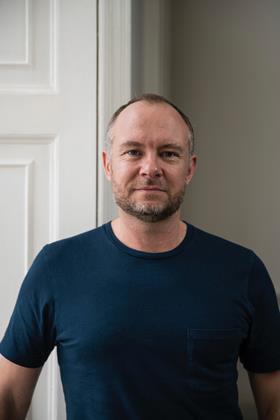VR will bring in new ways of experiencing and telling stories – and the TV world must be prepared to evolve
It was Apple’s biggest product launch in nearly a decade and sparked a blaze of publicity.
The Vision Pro is a new headset device that the world’s most successful tech company claims will herald a paradigm shift in how audiences consume content and may one day replace both the mobile phone and large screen TVs.
Reviews for the headset, which will launch early next year, were almost universally positive – although given it is currently eye-wateringly expensive at $3499, the first version is very much aimed at software developers and Apple evangelists with money to burn, and is unlikely to sell huge numbers immediately.
That said, in today’s money it is roughly half the price that an Apple Mac computer was when it launched in 1984, and is likely to follow the trajectory of the iPhone which took a couple of versions before sales skyrocketed.

But tellingly for the TV industry, Disney chief executive Bob Iger, a long term confidant of Steve Jobs and one of the most powerful people in Hollywood, was also there to take to the stage and tease the beginnings of a new content partnership between the two giants.
And this should give TV producers pause for thought.
Iger was announcing that Disney+ will be on the headset from launch, but the more scary (or exciting, depending on how you see it) for Iger’s prominence is that he and Disney see how this device, and similar ones expected from the likes of Meta, Sony and Google in the coming years, have the potential to fundamentally change how TV is made and consumed.
Iger asked the question “what if?” about ways Disney brands including ESPN, Star Wars and National Geographic might evolve as audiences step into shows rather than simply watching them.
Take Nat Geo, which is already one the biggest brands on Instagram with more than 275m followers of its stunning photography and video clips. We’re now moving from merely liking a picture of a lion to becoming part of the pride. Technological changes will enable audiences to go to impossible places and do impossible things, new adventures shared with friends anytime and any place.
The tried and trusted processes of telling stories through a rectangular screen, which TV producers have finessed over the last 50+ years, are about to be thrown out of the window.
The viewer – traditionally a passive observer – will become a participant in an interactive three-dimensional space, influencing how stories unfold through their individual actions.

There will be a fundamental change in how characters and stories are developed and made, who makes them and how they are monetised.
This will require an investment in new technologies, processes, skills, training and approaches to storytelling, boosting areas like virtual production and game engine-based makers.
The most successful will likely draw on influences from other creative worlds, such as video games, theatre and architecture. Getting these different disciplines to play nicely together and communicate effectively is not easy – take the word “development”, which means totally different things in television, video games, theatre and architecture.
Currently a huge UK shortage of talent with the skills to deliver these experiences. Recruiting talent based on values and an appetite to learn, as opposed to deep experience in one medium, may become the norm. Partnering with specialist producers with proven track records will minimise risk.
But done right, the potential impacts are huge: in scripted and sports, expect some interesting moves from Disney megabrands over the next 24 months, while the factual genre could be reinvented.
Already new audience and commercial opportunities are opening up. Last year my company Factory 42 teamed up with BBC Studios and its Natural History Unit to reimagine The Green Planet TV series as an immersive experience using augmented reality at a building at Piccadilly Circus. Ticket holders were able to step inside a version of the series and go on a self-directed interactive tour of the Green Planet with a holographic Sir David Attenborough. It opened up a whole new audience for the series – nearly three quarters of attendees hadn’t watched it on TV. Independent researchers Storyfutures found that three months, later visitors were recalling information about key facts in incredible detail, behaving more positively towards the environment and giving it enjoyment ratings on a par with the most successful high end visitor attractions. Even though frankly, to the naked eye, plants don’t do much.
It’s time for producers to get a sense of how spatial storytelling and interactivity differs in a 3D space to a 2D space. Spend time in Roblox, Minecraft and Fortnite. Have a play with Unity, one of the two main game engines, along with Unreal (owned by Fornite owner Epic), through which much of this type of content is created.
Dip deeper into the Generative AI Space to explore how artificial intelligence can assist the creative process (honestly, it’s not as horrific as it sounds).
It can be challenging, frustrating, tantalising and, when it works well, completely thrilling and magical. It’s a desire to create magic that is why many of us work in the creative sector – the ‘magic of Disney’ is what enables it to celebrate 100 years this year. And a few years from now is not the time to look back and ask ‘What if?”.
- John Cassy is founder and chief executive of immersive experience and technology studio Factory 42







No comments yet